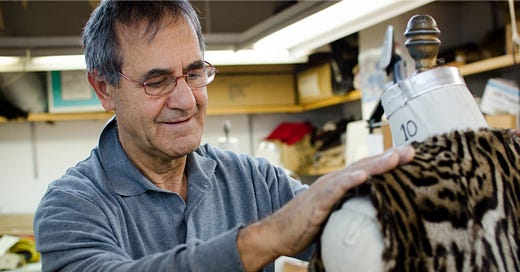Last of the Furriers
Decades removed from its gaudy heyday, one of the world’s preeminent tailors continues crafting coats for New York’s dwindling class of fur-lovers.
The bland Midtown office building is wedged between a Korean restaurant and a Korean bank, and across from a “Fone Shop.” In the equally bland lobby, written in black marker on printer paper taped to a locked door, is a note: “Sorbara customers: call (212) 594-3897 and we will come down to let you in.” Inside this building, on the eleventh floor, sits the showroom of one of the best furriers in the U.S., some say the best in the world: Jerry Sorbara. The man in question has been tailoring furs for over fifty years. You’ve seen his work draped over NBA stars and enveloping actresses on the red carpet, but probably never here, on West 32nd Street in Manhattan’s Koreatown.
I call the number, and Jerry Sorbara’s son, Sal Sorbara, comes down to fetch the photographer and me. We shove our hands in our coat pockets against the cold November wind while we wait. Sal unlocks the door and escorts us to the elevator. The flirting starts as soon as the elevator doors close.
“You…
Keep reading with a 7-day free trial
Subscribe to Narratively to keep reading this post and get 7 days of free access to the full post archives.




